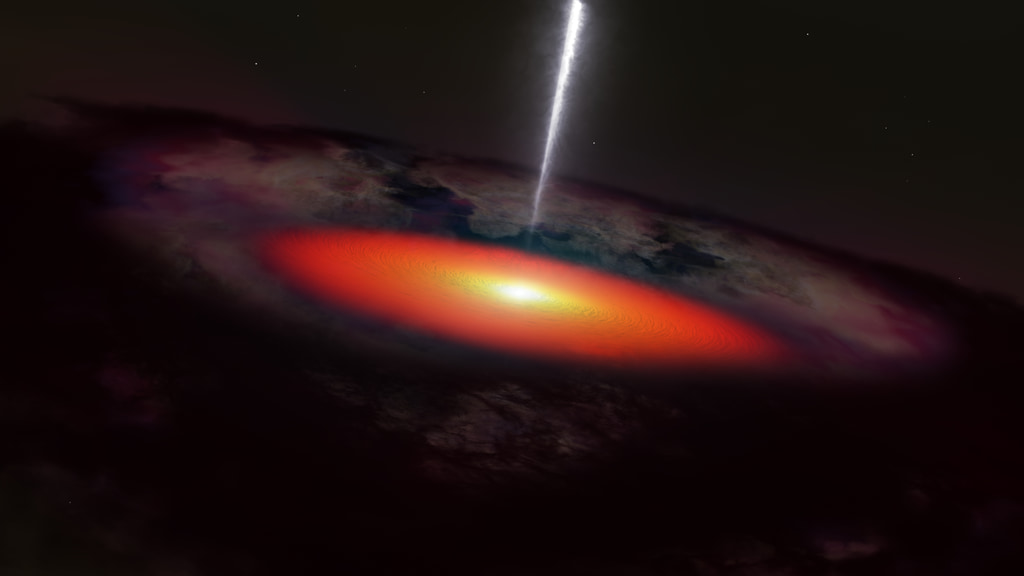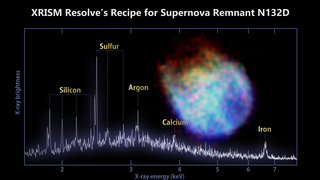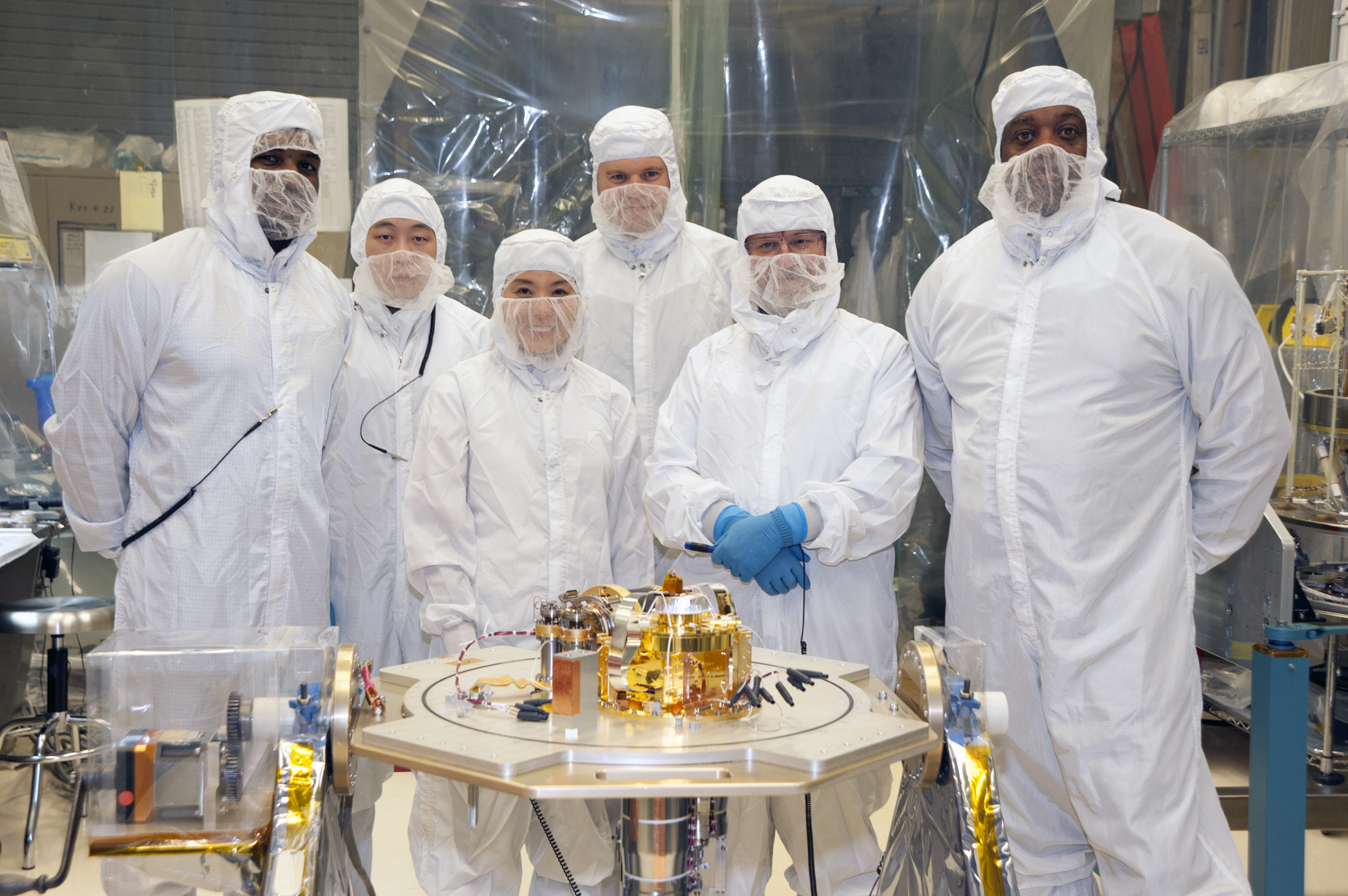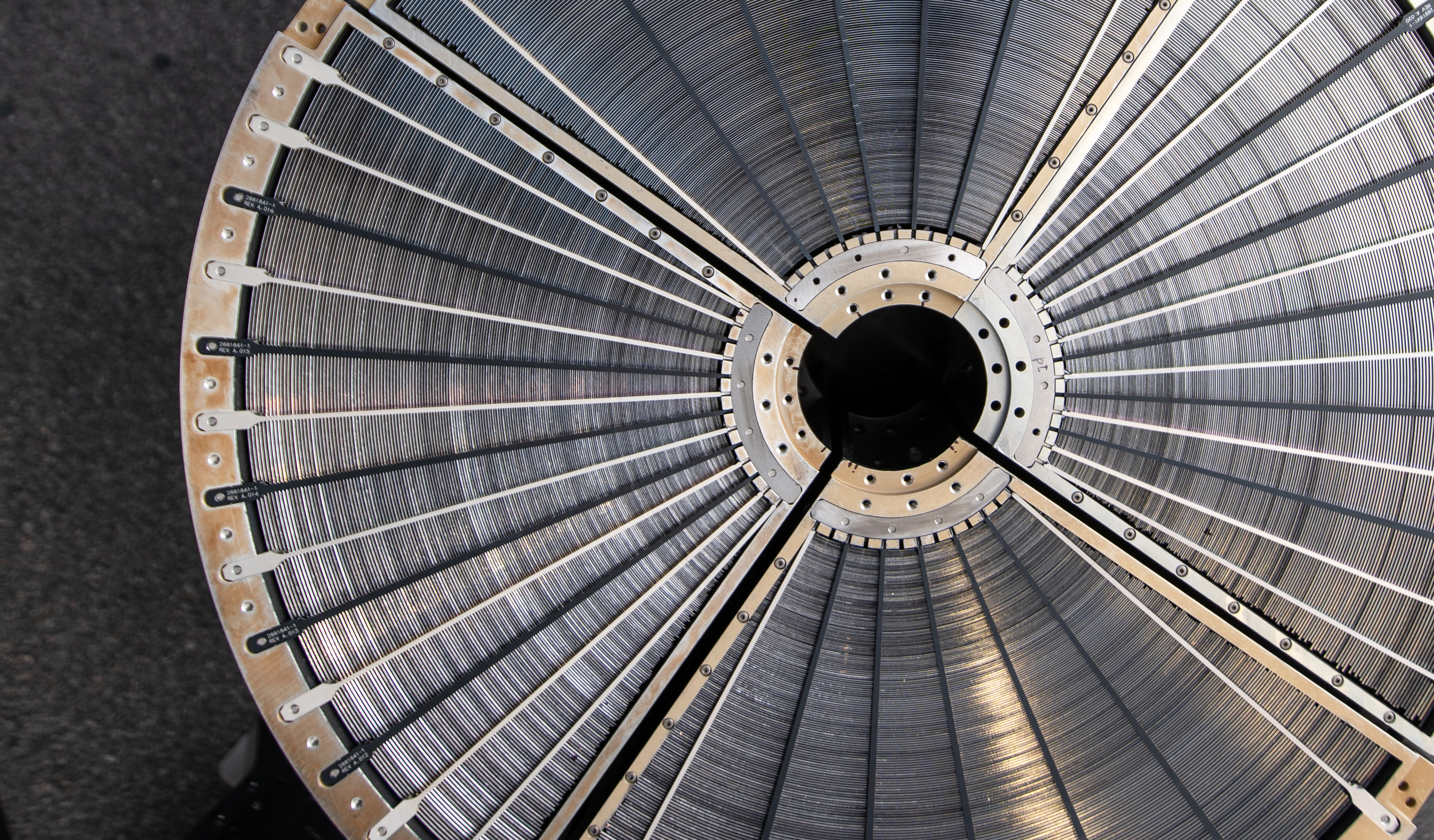XRISM Resolve Animation
This animation illustrates how the microcalorimeter array at the heart of XRISM's revolutionary Resolve soft X-ray spectrometer works. X-ray light collected by a telescope strikes the detector. Each photon heats the material by an amount directly proportional to its energy. The instrument, which is cooled to 50 millikelvins, just above absolute zero, detects this minute temperature change.
Credit: NASA's Goddard Space Flight Center
Through high-resolution X-ray spectroscopy, the X-ray Imaging and Spectroscopy Mission (XRISM, pronounced "crism") will transform our understanding of the hot and energetic universe, allowing ground-breaking new research into black holes, clusters of galaxies, compact objects, and the aftermath of stellar explosions.
XRISM's Resolve detector is a 6-by-6-pixel microcalorimeter array. Each pixel is 30 arcseconds in size, and the entire detector must be cooled to 50 millikelvins (-273.1 degrees Celsius or -459.6 degrees Fahrenheit), a fraction of a degree above absolute zero. At such cold temperatures, the array can measure the slight amount of heat generated when each pixel absorbs a single X-ray photon. The miniscule temperature increase is measured by sensitive electronics, and onboard software infers the precise energy of the incoming photon.
By accumulating thousands or even millions of photons from a celestial source, XRISM can generate a high-resolution spectrum in the soft X-ray band (0.4 to 12 keV) band over the detector's 3-by-3 arcminute field of view. The resulting spectra will be the most detailed ever acquired for a variety of sources in the X-ray sky.
The Resolve detector is housed in the Calorimeter Spectrometer Insert (CSI), which itself is contained within a dewar of liquid helium about the size of a refrigerator. The liquid helium cools the detector down to about 4 K, after which a complex multistage mechanical cryogenic system cools the detector down to the required 50 millikelvin operating temperature.

The detector in XRISM's Resolve instrument. The 6-by-6-pixel microcalorimeter array (the square structure at center) can generate a detailed spectrum in the soft X-ray band (0.4 to 12 keV) over its 3-by-3 arcminute field of view.
Credits: NASA/XRISM/Caroline Kilbourne
Credits
Please give credit for this item to:
NASA's Goddard Space Flight Center. However, individual items should be credited as indicated above.
-
Producer
- Scott Wiessinger (KBR Wyle Services, LLC)
-
Animator
- Scott Wiessinger (KBR Wyle Services, LLC)
-
Science writer
- Francis Reddy (University of Maryland College Park)
-
Scientist
- Brian J. Williams (NASA/GSFC)
Release date
This page was originally published on Friday, November 25, 2022.
This page was last updated on Friday, November 18, 2022 at 4:39 PM EST.





